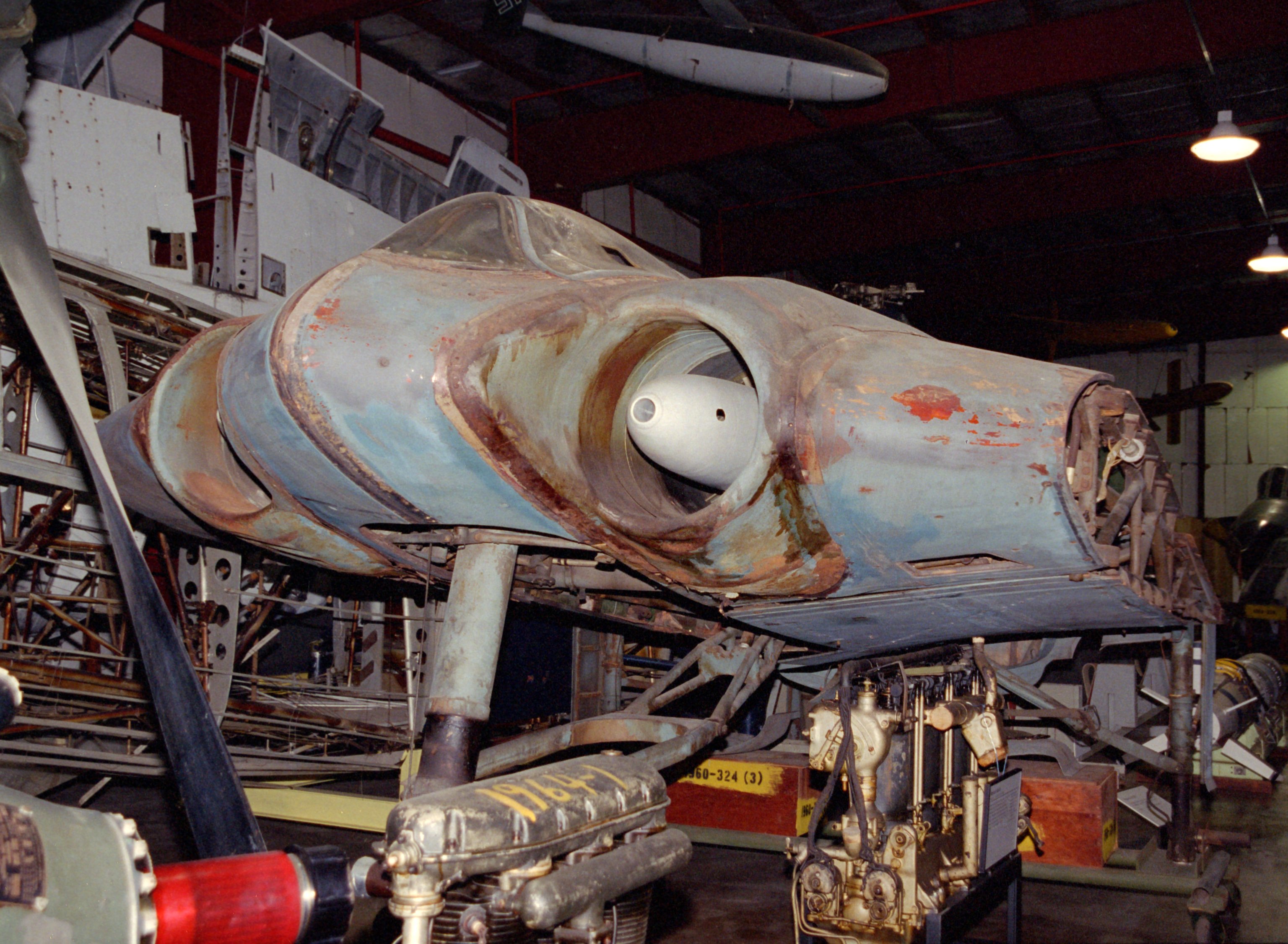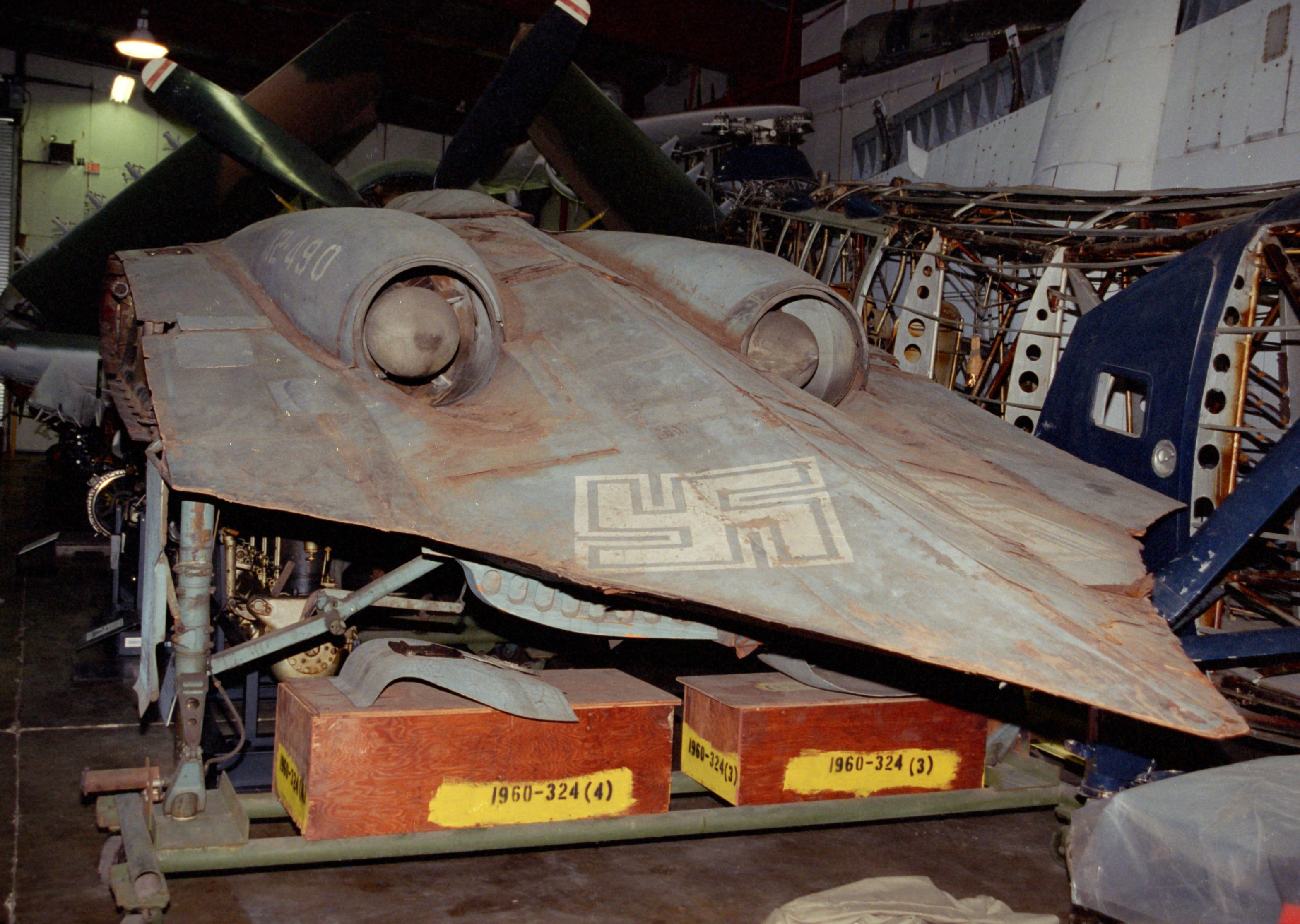How stealthy is your collection? (Updated 10/05/2014)
Hey Guys.... Here is another blog post illustrating another encouraging factor to buy models. Today I am going to talk about stealth. I have been very interested in buying models of stealth aircraft. But before I share with you the photos of the stealthy models I own, let us first see what stealth is all about.
Since the inception of aircraft in war, militaries have been searching for ways to hide them from the eyes and weapons of enemies so as to reduce loss of equipment and aviators. One of those ways was night flying, but that was soon exploited by the invention of the radar.
Hiding aircraft from radar proved to be a very challenging task. One of the ways to do so was to fly low, but that was too dangerous especially if the mission was going to be very long. Another method had to be perfected in order to hide aircraft from radar.
Scientists started to introduce theories to defeat radar. Most of those theories relied upon preventing the radar signals hitting the target from reflecting back to its source. To achieve this, the following solutions were proposed:
1- Use of radar reflecting surfaces. These surfaces would reflect the radar signal away from the source thus making the aircraft invisible from radar,
2- Use of radar absorbing surfaces. The idea is to coat the aircraft with surfaces that would absorb the radar signal and weaken it so that it wouldn't reflect back to the projecting source or transform it into another form of energy (such as heat).
The Germans were the first to introduce such as aircraft to defeat radar and penetrate enemy borders. This aircraft was the Ho-229. The aircraft had many features allowing it to defeat radar and have a low radar cross section (RCS):
- It had a flying wing design,
- It was made from wood which has a lower RCS than metal,
- It used a jet engine and so could fly fast giving the enemy very little time to mount any defense against it even after detection.
Photos from Wikipedia (http://en.wikipedia.org/wiki/Horten_Ho_229)



It seems to me that the Germans did not understand how the design of this aircraft could defeat radar at the time. But after WW2, scientists were interested to study different ways to defeat radar and to design an aircraft that would be invisible. One of those scientists was Soviet mathematician Pyotr Ufimtsev. In 1964, he published a seminal paper titled "Method of Edge Waves in the Physical Theory of Diffraction" in the journal of the Moscow Institute for Radio Engineering, in which he showed that the strength of a radar return is related to the edge configuration of an object, not its size. Ufimtsev was extending theoretical work published by the German physicist Arnold Sommerfeld.Ufimtsev demonstrated that he could calculate the radar cross-section across a wing's surface and along its edge. The obvious and logical conclusion was that even a large aircraft could be made stealthy by exploiting this principle. However, the airplane's design would make it aerodynamically unstable, and the state of computer technology in the early 1960s could not provide the kinds of flight computers which allow aircraft such as the F-117, and B-2 Spirit to stay airborne. However, by the 1970s, when Lockheed analyst, Denys Overholser, found Ufimtsev's paper, computers and software had advanced significantly, and the stage was set for the development of a stealthy airplane (from http://en.wikipedia.org/wiki/F-117).
The following video explains the history of stealth.
[30/10/2013 - Start]
Air forces today are putting stealth technology as a primary requirement for their future fighter aircraft. Two approaches are being adopted to achieve this requirement. The first approach is to develop and/or acquire 5th generation aircraft, which incorporate stealth technologies as a primary requirement. The other approach is to upgrade current 4th generation fighters with generation 4++ specifications. Those upgrades include adding advanced jamming equipment, coating aircraft skins with radar absorbing surfaces and/or modifying airframes to adopt planform alignment in its leading and trailing edges.
In the west, the most notable 5th generation fighters are the American Lockheed Martin F-22 Raptor (currently in service) and the F-35 Lightning II Joint Strike Fighter. In the east, the most notable aircraft are the Russian Sukhoi PAK FA and Chinese Chengdu J-20. Other countries (such as India, Pakistan, Turkey and South Korea) are also developing 5th generation aircraft, but their projects haven’t yet left the drawing board.
 From top to bottom: Chengdu J-20, Sukhoi PAK FA, Lockheed Martin F-22
From top to bottom: Chengdu J-20, Sukhoi PAK FA, Lockheed Martin F-22
[30/10/2013 - End]
Now for the models, I own a few models that are stealthy:
1- SR-71 Blackbird:
Not only is it a record breaker in speed and altitude, it is also the first aircraft to put stealth technologies into action. It used something called "Radar Absorbent Paint", which absorbs radar energy and transforms it into heat rather than reflecting it.
2- F-117 Nighthawk:
The first aircraft to apply Pyotr Ufimtsev stealth theories. Although stealthy, its radical design made it unmaneuverable and inefficient as a fighter aircraft, so it had to settle for ground-attack role.
The nighthawk was not only the first stealth "fighter" to take to the air, it was also the first to be shot down by a Soviet SA-3 SAM during the conflict in Yugoslavia in 1999. How the aircraft was detected on radar is still a matter of debate until today. Some people say the Yugoslav army used "Low frequency radar" to detect the aircraft. Others say that the aircraft was detected on radar when its bomb bay doors opened thus creating a radar reflecting surface.
3- B-2 Spirit:
The child of the Ho-229. It is considered to be the world's true stealth aircraft having to apply many methods to keep it off enemy radar. It also features an advanced fly-by-wire system to make it easy for pilots to fly this flying wing aircraft,
4- F-22 Raptor:
The world's first air supremacy 5th generation stealth fighter. It is also the world's most advanced aircraft incorporating AESA Radar, Super cruise, 2D thrust vectoring and a very low RCS.
5- F-35 Lightning II Joint Strike Fighter:
The world's first stealthy multi-role combat aircraft. It was designed to meet the requirements of 3 different branches of the US Military; the USAF, Navy and Marines. It certainly isn't as impressive as the F-22, but it does incorporate some Generation 5 features such as stealth and AESA radar.
6- Su-47 Berkut (Golden Eagle):
This is a Russian experimental aircraft that was introduced by Sukhoi in the year 2000. It was intended to be a test bed for the latest Russian fly-by-wire systems and radar absorbent material. It had an interesting forward swept wing design making it very maneuverable but at the same time very unstable. No wonder it had the latest fly-by-wire system.
This plane will not enter service in the Russian air force. Sukhoi has a new baby that will replace it called the PAK T-50.
7- Chengdu J-20:
China's first 5th generation aircraft. Looks very similar to Mikoyan's MiG 1.44. Not much information is available about this fighter and it only made one single appearance on the media. But it is expected to enter service in the PLAAF in 2017-2019.
[30/10/2013 - Start]
8- Sukhoi PAK FA (T-50):
The Sukhoi PAK FA made its maiden flight in January 2010. Its design was a surprise to a lot of Russian jet enthusiasts, who were expecting a plane similar to the Su-47 Berkut (with its forward swept wings) or MiG-1.44 to appear instead. What appeared was an F-22 Raptor look-a-like, with an airframe incorporating planform alignment in its leading and trailing edges and sawtooth edges for its skin panels.
The PAK FA made its first public appearance during the 2011 MAKS airshow. This version of the aircraft did not perform any fancy maneuvers like its predecessors, the Su-27, Su-35 and amazing Su-37. Some experts believe that this was due to the fact that its production engines were not yet installed with 3D thrust vectoring and its current airframe was only for testing and was not yet meant for aggressive G maneuvers.
The new fighter is expected to enter service in 2014-2015. Prototypes have already been delivered for state testing and evaluation on March 2013. How this fighter will compare with its American counterpart, the F-22, is a question that will be answered in a separate article.
I own an Italeri 1:100 model of the T-50-2 PAK FA. This is probably the same aircraft that was displayed at MAKS 2011.
Comment
-
Comment by AM on May 24, 2014 at 3:29am
-
Comment by AM on May 10, 2014 at 5:41am
-
Updated post with latest pics of F-22, F-35 and Su-47.
-
Comment by AM on October 31, 2013 at 6:10am
-
In order to make it easy for readers to find the new sections of the post, I have added start/end tags with the date of the update. The tags should look something like this:
[30/10/2013 - Start]
New section text...................................
[30/10/2013 - End]
-
Comment by AM on October 30, 2013 at 10:03am
-
Added the Sukhoi PAK FA and some interesting stuff to the blog post.
-
Comment by AM on October 13, 2013 at 7:09am
-
Made a minor modification to the post.
-
Comment by AM on March 17, 2013 at 12:53pm
-
Removed old B-2 images and added new ones.
Recent Visitors to the site!
© 2025 Created by Matt Whisenant.
Powered by
![]()

You need to be a member of Model Airplane Collectors to add comments!
Join Model Airplane Collectors